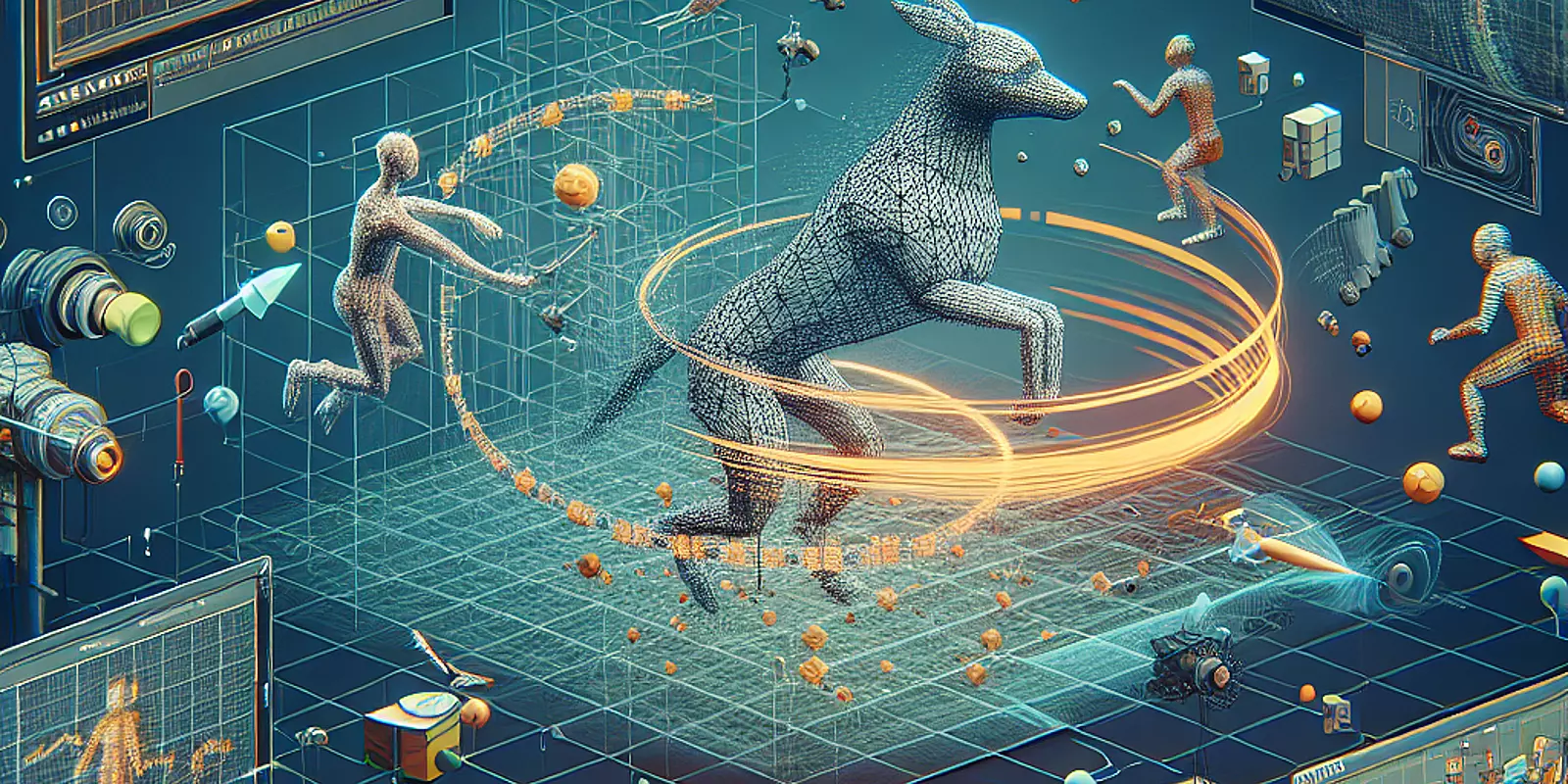
Unlocking the Power of Tyflow in 3D Animation
Introduction to Tyflow and Its Importance in 3D Animation
In the ever-evolving realm of 3D animation, leveraging advanced tools that inspire creativity while streamlining complex workflows is paramount. Enter Tyflow, a powerful particle simulation plugin for 3ds Max. It has quickly become indispensable for professionals aiming to elevate their projects. With its node-based system, Tyflow provides artists unparalleled control over particle behavior and interactions, thereby enhancing workflow efficiency and broadening the scope for intricate designs. This is especially advantageous in architectural visualizations, where precision and detail play a crucial role. Using Tyflow, animators can breathe life into static models by simulating natural phenomena like fluid interactions and crowd dynamics. By harnessing Tyflow's robust features, creators can deliver immersive environments that mesh technical proficiency with artistic vision, leaving audiences mesmerized by the stunning realism.
Understanding Tyflow's Core Features
Tyflow sets itself apart with a suite of powerful, flexible features aimed at enhancing the creative process within 3ds Max. The plugin offers an intuitive interface for navigating through diverse simulation options, from particles and rigid bodies to fluid dynamics and cloth simulations. Its familiar workspace mirrors the 3ds Max layout, providing ease of use for newcomers while offering depth for seasoned users.
One of Tyflow's unique strengths is its ability to manage layered simulations, making it ideal for complex architectural visualizations requiring dynamic multi-element interactions. Through 'operators,' artists can define the behaviors and characteristics of scene objects, effortlessly integrating complex effects like wind or gravity. This modular approach encourages creativity and experimentation without the complications typically associated with sophisticated simulations. Furthermore, Tyflow's seamless integration with 3ds Max allows for the use of familiar tools such as modifiers, material settings, and lighting configurations, resulting in visually stunning outcomes.
Techniques for Creating Complex 3D Animations with Tyflow
To fully utilize Tyflow's potential in crafting complex 3D animations, mastering layered simulations is imperative. This method enables the creation of dynamic, fluid movements akin to organic forms, such as those seen in lava lamp animations. Central to this process are Tymeshers and BlobMesh Compound Objects.
Tymeshers convert particle systems into editable mesh forms, linking simulation with visual design. This capability allows artists to transform fluid particle animations into geometric representations. For example, by layering simulations, adjusting particle properties to emulate viscous fluids, and employing Tymeshers, artists can achieve mesmerizing lava lamp effects.
BlobMesh Compound Objects complement Tymeshers by enhancing fluidity and organic movement properties. By merging particle systems into cohesive, evolving shapes, they create compelling animations that are responsive to both physical forces and artistic intent. Utilizing BlobMesh with multi-colored particles can simulate various fluid types, resulting in dynamic, engaging animations.
These techniques encourage deeper exploration of light, texture, and interactivity in 3D space. By starting with basic fluid particle setups, layering effects with Tymeshers for precise shape control, and finishing with BlobMeshes to add organic movement and visual allure, artists can achieve outstanding results.
Real-World Applications of Tyflow in Architectural Visualizations
With advanced tools like Tyflow, the field of architectural visualizations has undergone a significant transformation, unlocking new creative and storytelling avenues. Professionals now transcend static imagery, using Tyflow to craft immersive animations that bring designs to life. For instance, Tyflow has facilitated pedestrian flow animation in contemporary urban projects, providing clients with real-time insights into spatial dynamics. In landscape architecture, it animates vegetation growth to reflect seasonal changes, enhancing ecological representation with artistic sophistication.
By deploying techniques such as wind effect particle systems or simulating realistic water features with mesh deformations, architects are pioneering new storytelling methods. These dynamic visuals not only boost aesthetic appeal but also effectively engage stakeholders, revolutionizing presentation concepts.
Conclusion and Future Trends in 3D Animation with Tyflow
In summary, Tyflow is at the cutting edge of 3D animation software for 3ds Max. Its abilities to manage layered simulations and intricate animations—through tools like Tymeshers and BlobMesh—are heralding a new creative era in architectural visualization and beyond. Upcoming advancements, including AI-driven automation and real-time rendering, promise to further revolutionize the animation landscape, expanding creative horizons for artists and architects alike.
As technology evolves, adopting innovative tools like Tyflow is essential, paving the way for new opportunities in dynamic storytelling and immersive experiences. We encourage readers to explore Tyflow's remarkable capabilities and stay abreast of emerging trends in 3D animation, as these are key to unlocking unprecedented levels of creativity and innovation.